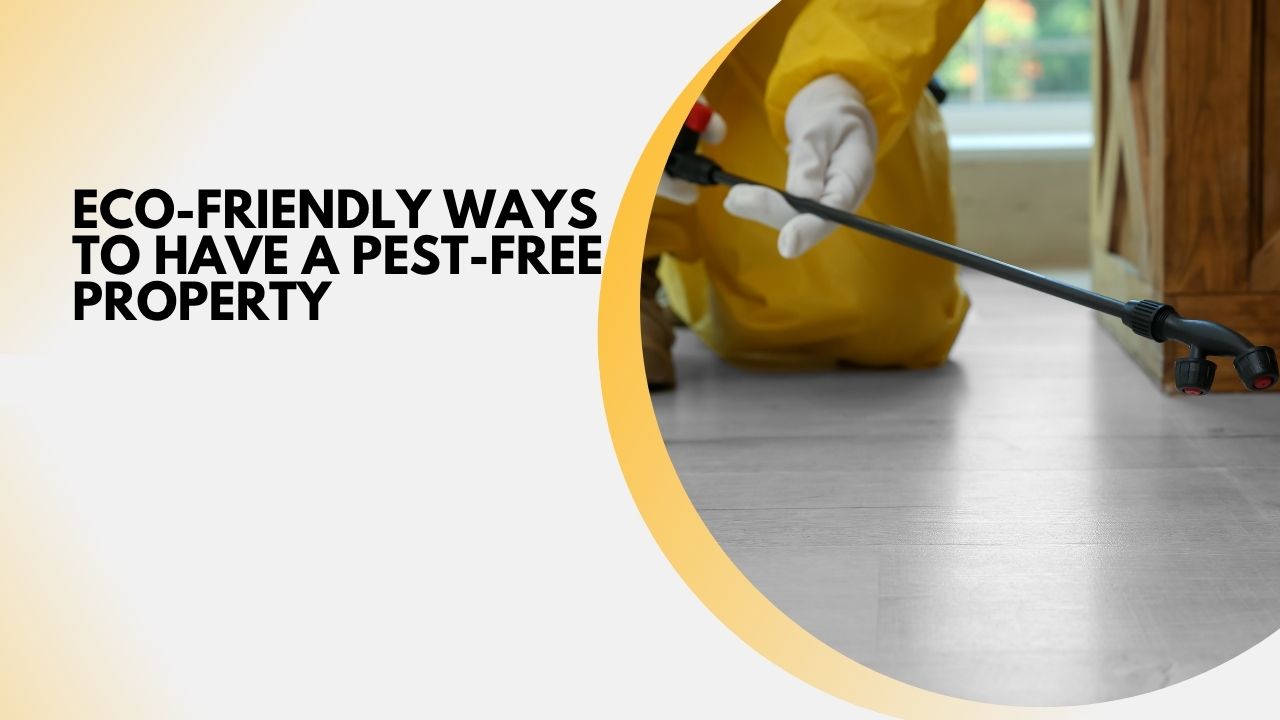More people nowadays have become conscious of the impact they have on the environment because of the methods and products they use to deal with pests. That’s a good thing, isn’t it? But it also means we must find different ways to remove or prevent these creatures from infesting our homes and businesses — all while minimising the harm we bring to our surroundings.
So what eco-friendly pest control methods can we adopt to keep these creatures at bay from our homes and businesses? Let’s discuss our options in this guide below.
Don’t Rely on Chemical Pesticides
Chemical pesticides are a quick and easy way to kill pests, especially in enclosed spaces. However, they cause a range of harmful effects on local ecosystems when they contaminate the soil, water, and air. For instance, they could reduce the oxygen in a body of water, which will kill the fish and other marine life in that system.
Our health is also at risk if we get exposed to these chemicals, whether through skin contact, inhaling, or accidentally ingesting them.
So instead of immediately resorting to these products, opt for more preventive measures instead, as we’ll talk about here.
Keep Your Spaces Clean and Clutter-free
Prevention is better than a cure, and the same idea applies to pest control. And one of the best ways to keep an infestation from happening is by cleaning up after yourself at home or at work.
Remember, most pests enter your property looking for three basic needs: food, water, and shelter. If you can eliminate these, you can greatly reduce the risk of these critters making a home in your place.
Some key tasks to do when cleaning and organising your spaces include:
- Removing crumbs and spills ASAP before they attract pests
- Disposing of your waste regularly and using bins with secure lids to prevent pests from getting in them
- Decluttering your place to reduce the potential hiding spots for pests
- Storing food in airtight containers
- Removing spoiled and expired food
Ventilate the Place Properly
Many pests prefer living and breeding in humid conditions. This makes proper airflow a must indoors, as it will help reduce the moisture levels. You can have your premises ventilated by:
Placing exhaust fans in bathrooms and kitchens to remove stagnant air
Setting up a dehumidifier if your rooms are too humid
Turning on ceiling fans or standing fans to help air circulate
Bring in Certain Plants and Predators
Other animals can be a natural form of pest control too, so you could consider having them on your property (or in a communal area) to help keep the population in check. For instance, if your neighbourhood has a pond, see if the community is open to introducing certain fish species that eat mosquitoes. It would help reduce the mosquitoes breeding in the area, which can be a game-changer if there have been more cases of dengue lately.
You could also have plants around your property that are known to repel pests with their scent. Some popular choices include peppermint, citronella, lavender, and eucalyptus.
Set Up Physical Barriers
Last but not least, check your property for possible entry points that pests could use. For example, a completely open window would let fresh air in, but it can also bring in flying insects. Installing a fine mesh screen would still allow for good air circulation while keeping the bugs out.
Pest Control Services Also Have Eco-Friendly Solutions
There are times when our own efforts won’t be enough to stop an infestation. But not to worry. Many pest control companies today use eco-friendly treatments to handle pest problems safely and ethically. This means using an integrated pest management plan — basically a holistic approach that addresses root causes and not just killing the pests outright. This is far more sustainable than having to repeatedly book their services to treat your property.
As we can see, eco-friendly pest control doesn’t have to compromise on effectiveness. But don’t hesitate to get help from the experts. It is only by working together that we can truly prevent pests from causing trouble at our homes and businesses.
Watch this video to discover how to protect your properties using an eco-friendly approach.

